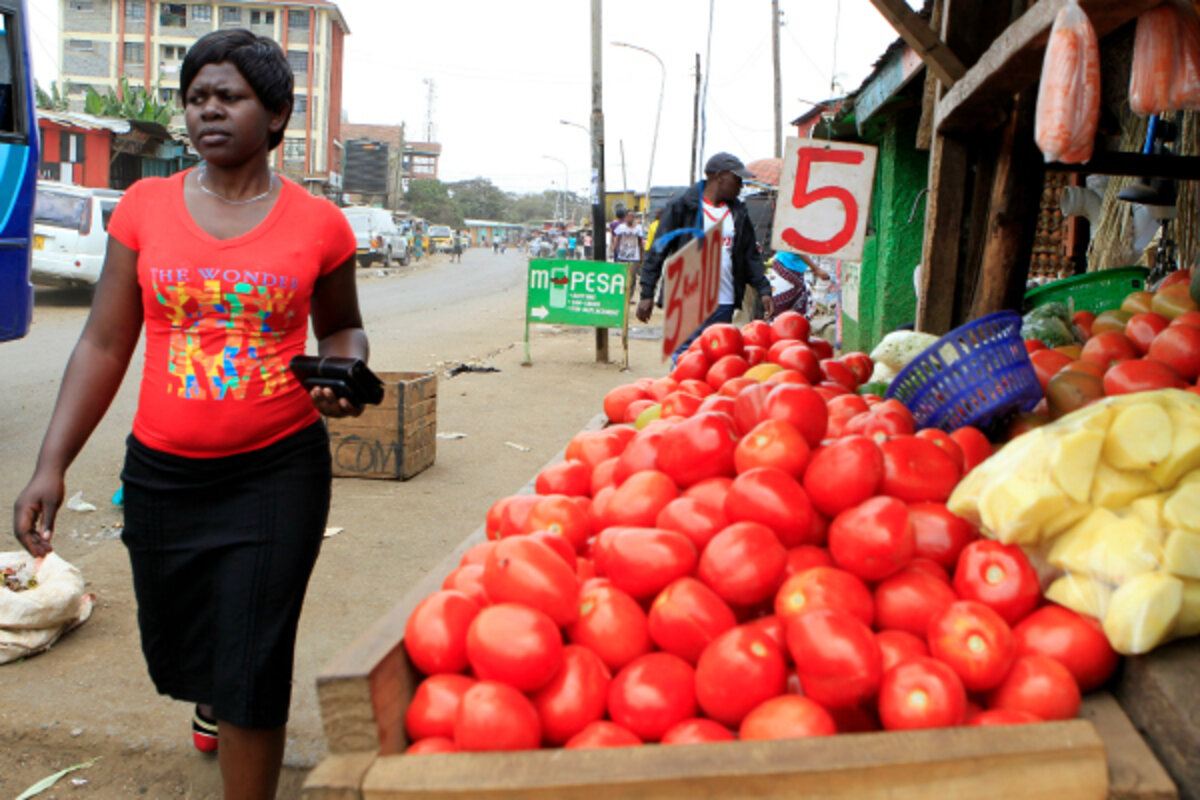Zeer pots: a simple way to reduce food waste
Loading...
occur mainly in the developing world, and can be attributed to poor storage facilities, inadequate distribution networks, and low investment in food production. Improved storage conditions could drastically reduce this food waste, yet technologies must be affordable and realistic to be sustainable in these regions.
According to the United Nations Food and Agriculture Organization, in Guinea, where up to of citizens depend on agriculture for their incomes, about 20 percent of crops are lost in the post-harvest stage. These losses reduce the profit for farmers and increase prices for consumers. In developing countries where the majority of is spent on food, post-harvest losses can be financially damaging.
, storage containers are commonly built out of twigs, poles, or plastic bags. Unsealed, unrefrigerated containers such as these can contamination from pests, rodents, and fungi. In hot climates, perishable foods such as berries and tomatoes typically longer than two days without refrigeration. Without proper storage facilities, rural farmers have to watch their ripened crops succumb to rot, infestation, and mold.
, a nongovernmental organization that works with farmers in Southern Africa, Latin America, and South Asia, encourages the use of called zeer pots to help prevent post-harvest food waste. The pot-in-pot refrigerator design keeps fruits and vegetables cool by harnessing the principle of . These pots can the shelf life of harvested crops by up to 20 days by reducing storage temperature.
consists of a large outer pot and a smaller inner pot, both made from locally available clay. Wet sand is added between the two pots and is kept moist. Evaporation of the liquid in the sand out of the inner pot, in which food can be stored.
According to , experiments assessing the ability of zeer pots to extend shelf life show that tomatoes and guavas can be kept for 20 days within a zeer pot, compared to two without. The pots, which are located off the ground, also limit pest and rodent access to the food stored inside and help to keep the system ventilated and cool.
“Before the technology came along, vegetables on the display shelves attracted flies, resulting in stomach disease such as dysentery,” said Mahmoud Ali, a hygiene officer for the Al Fasir Municipality. “Now that vegetables can be kept fresh for longer and away from flies, there is a remarkable decrease in such sorts of cases.”
Zeer pots can provide flexibility for farmers by enabling them to store crops and sell in response to market demand, which can translate into greater income. Extended shelf life also translates into longer-term food sources for farmers and their families. Ultimately, this inexpensive and low-tech system can help farmers and low-income households save food and prevent waste.
• Stephanie Buglione is a former research intern with the Worldwatch Institute’s Food and Agriculture Program.
• at a blog published by the .




